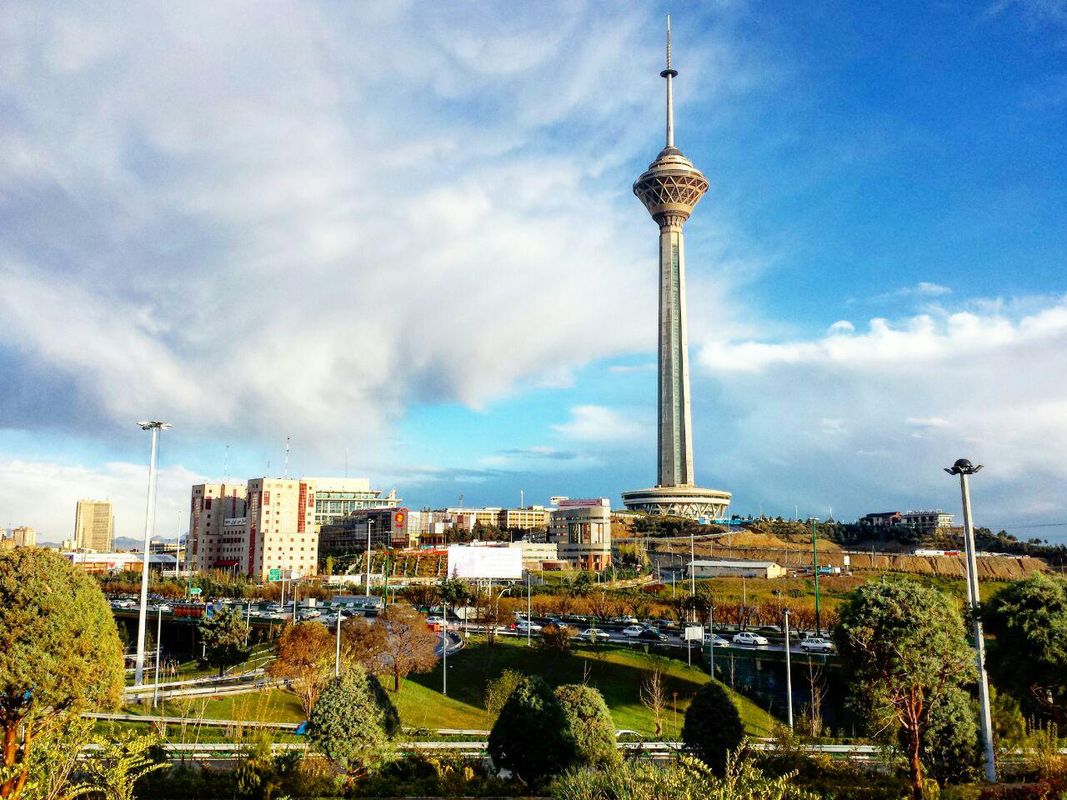:: About Iran & Tehran

Iran, Home to One of the World's Oldest Civilizations
Iran is an ancient country in Western Asia. It is bordered to the northwest by Armenia, the Azeri exclave of Nakhchivan, and the Republic of Azerbaijan; to the north by the Caspian Sea; to the northeast by Turkmenistan; to the east by Afghanistan and Pakistan; to the south by the Persian Gulf and the sea of Oman; and to the west by Iraq and Turkey. As with Tehran, the capital and most populous city of the country, cities such as Iṣfahan and Shiraz combine modern buildings with important landmarks from the past and serve as major centers of education, culture and commerce.
Iran is a diverse country, consisting of numerous ethnic and linguistic groups that are unified through a shared Iranian nationality. The majority of the population speak Persian, which is also the official language of the country, and its climate is diverse, ranging from arid and semi-arid, to lush green forests along the Caspian coast and the northern forests and is divided into thirty-one provinces.
Tehran, capital of Iran
Tehran, the capital and the most populous city in Iran has the second-largest metropolitan area in the Middle East, after Cairo. Tehran Province is located in north-central Iran at the foot of the Alborz Mountain range, traces an arc along the coast of the Caspian Sea its highest peak, Mount Damavand which is visible from Tehran on clear days.
Since the Alborz Mountains partially protect it from the north wind, the capital city, Tehran, has mild winters. Summer in Tehran is hot, with days, usually around 35/37 °C in July and August, but the humidity is low and wind blows frequently.
Tehran is the historical Media region in northwestern Iran. During the Median Empire, part of present-day Tehran was a suburb of the prominent Median city of Rhages. Tehran was first chosen as the capital of Iran by Agha Mohammad Khan of the Qajar Dynasty in 1786, because of its proximity to Iran's territories in the Caucasus and has developed since then.
Tehran is home to many historical locations, and its most famous landmarks include Azadi Tower, a memorial built in 1971, Milad Tower, the world's sixth-tallest self-supporting tower, completed in 2007, and Tabiat Bridge, completed in 2014. It has numerous museums the most famous of which are Treasury of National Jewels, Museums of Contemporary Arts, Glassware and Ceramic Museum of Iran, Carpet Museum of Iran, Sa'dabad Historical Complex, Niavaran Palace Complex, and many more
Important Dates
November 22, 2023
Online registration starting date:
November 22, 2023
Deadline for abstrac&full text submission:
January 20, 2024
Virtual attendance instruction
All rights reserved by .
Designed By : Hamayeshnegar ( Online portal management and Arbitration Conference ) ver.10.0.6

